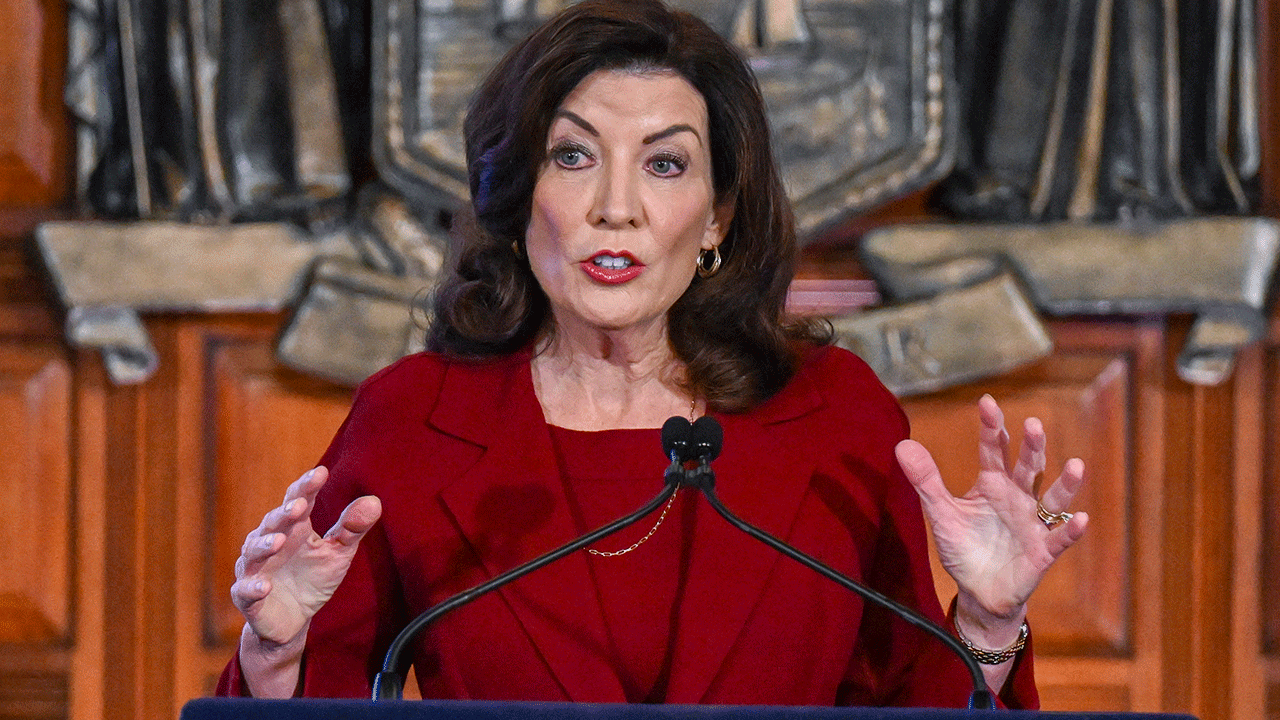Justice Stephen G. Breyer’s Supreme Court chambers are not quite as grand as those he occupied before he retired in 2022, but they are still pretty nice. As before, they include a working fireplace, which was crackling when I went to visit him on a temperate afternoon in late February to talk about his new book.
In earlier interviews, Justice Breyer could be rambling and opaque. This time he was direct. He said he meant to sound an alarm about the direction of the Supreme Court.
“Something important is going on,” he said. The court has taken a wrong turn, he said, and it is not too late to turn back.
The book, “Reading the Constitution: Why I Chose Pragmatism, Not Textualism,” will be published on March 26, the day the Supreme Court hears its next major abortion case, on access to pills used to terminate pregnancies.
The book devotes considerable attention to Dobbs v. Jackson Women’s Health Organization, the 2022 decision that eliminated the constitutional right to abortion. Justice Breyer, who had dissented, wrote that the decision was stunningly naïve in saying it was returning the question of abortion to the political process.
“The Dobbs majority’s hope that legislatures and not courts will decide the abortion question will not be realized,” he wrote.
He was more forceful during the interview. “There are too many questions,” he said. “Are they really going to allow women to die on the table because they won’t allow an abortion which would save her life? I mean, really, no one would do that. And they wouldn’t do that. And there’ll be dozens of questions like that.”
The book is a sustained critique of the current court’s approach to the law, one that he said fetishizes the texts of statutes and the Constitution, reading them woodenly, without a common-sense appreciation of their purpose and consequences.
Without naming names, he seemed to call on the three members of the court appointed by President Donald J. Trump — Justices Neil M. Gorsuch, Brett M. Kavanaugh and Amy Coney Barrett — to reconsider how they approach the role.
“Recently,” he wrote, “major cases have come before the court while several new justices have spent only two or three years at the court. Major changes take time, and there are many years left for the newly appointed justices to decide whether they want to build the law using only textualism and originalism.”
He added that “they may well be concerned about the decline in trust in the court — as shown by public opinion polls.”
Textualism is a way of interpreting statutes that focuses on their words, leading to decisions that turn on grammar and punctuation. Originalism seeks to interpret the Constitution as it was understood at the time it was adopted, even though, Justice Breyer said in the interview, “half the country wasn’t represented in the political process that led to the document.”
There are three large problems with originalism, he wrote in the book.
“First, it requires judges to be historians — a role for which they may not be qualified — constantly searching historical sources for the ‘answer’ where there often isn’t one there,” he wrote. “Second, it leaves no room for judges to consider the practical consequences of the constitutional rules they propound. And third, it does not take into account the ways in which our values as a society evolve over time as we learn from the mistakes of our past.”
Justice Breyer did not accuse the justices who use those methods of being political in the partisan sense or of acting in bad faith. But he said their approach represented an abdication of the judicial role, one in which they ought to consider a problem from every angle.
In his chambers, he recalled another era, when three different Republican appointees — Justices Sandra Day O’Connor, David H. Souter and Anthony M. Kennedy — largely shared his basic approach to the law.
“Sandra, David — I mean, the two of them, I would see eye to eye not necessarily in the result in every case, but just the way you approach it.” Justice Breyer said. “And Tony, too, to a considerable degree.”
Justice Breyer retired a little reluctantly, under pressure from liberals who wanted to make sure that President Biden could appoint his successor and that the conservative supermajority on the court, currently at 6 to 3, would not get any more lopsided. Justice Ketanji Brown Jackson, a former law clerk to Justice Breyer, now occupies his seat.
Justice Breyer, who was appointed by President Bill Clinton in 1994, has returned to Harvard Law School, where he taught before becoming a judge. But he said he missed his old job.
“When you’re a professor, you’re mostly involved in what people decided already in the past,” he said. “When you’re a judge, you’re also interested in that, but what you’re deciding is going to affect present and future. And that’s hard. Because you don’t really know how it will work out. You have to do your best there. I like that kind of job.”
He shrugged, seeming to contemplate the passage of time. “What can you do?” he asked. “It’s the human condition.”
Justice Breyer’s critics say his approach allows judges too much freedom to turn their preferences into law. I asked him for an example of a case in which the law required him to reach a conclusion at odds with his personal views.
“What about all the capital punishment cases?” he asked. Though he urged the court in a 2015 dissent to reconsider the constitutionality of the death penalty, he did not adopt the practice of some earlier justices of dissenting in every capital case. “That doesn’t mean I approved,” he said.
He added, more generally, that he hoped his book would reach both a broad audience and a narrow one.
“I’d love people to read it,” he said. “I’d like for you to agree with me. So would every author. I’d like even to get the members of this court to read it and to say, ‘Oh, not a bad point. Not a bad point.’ And that’s all.”






